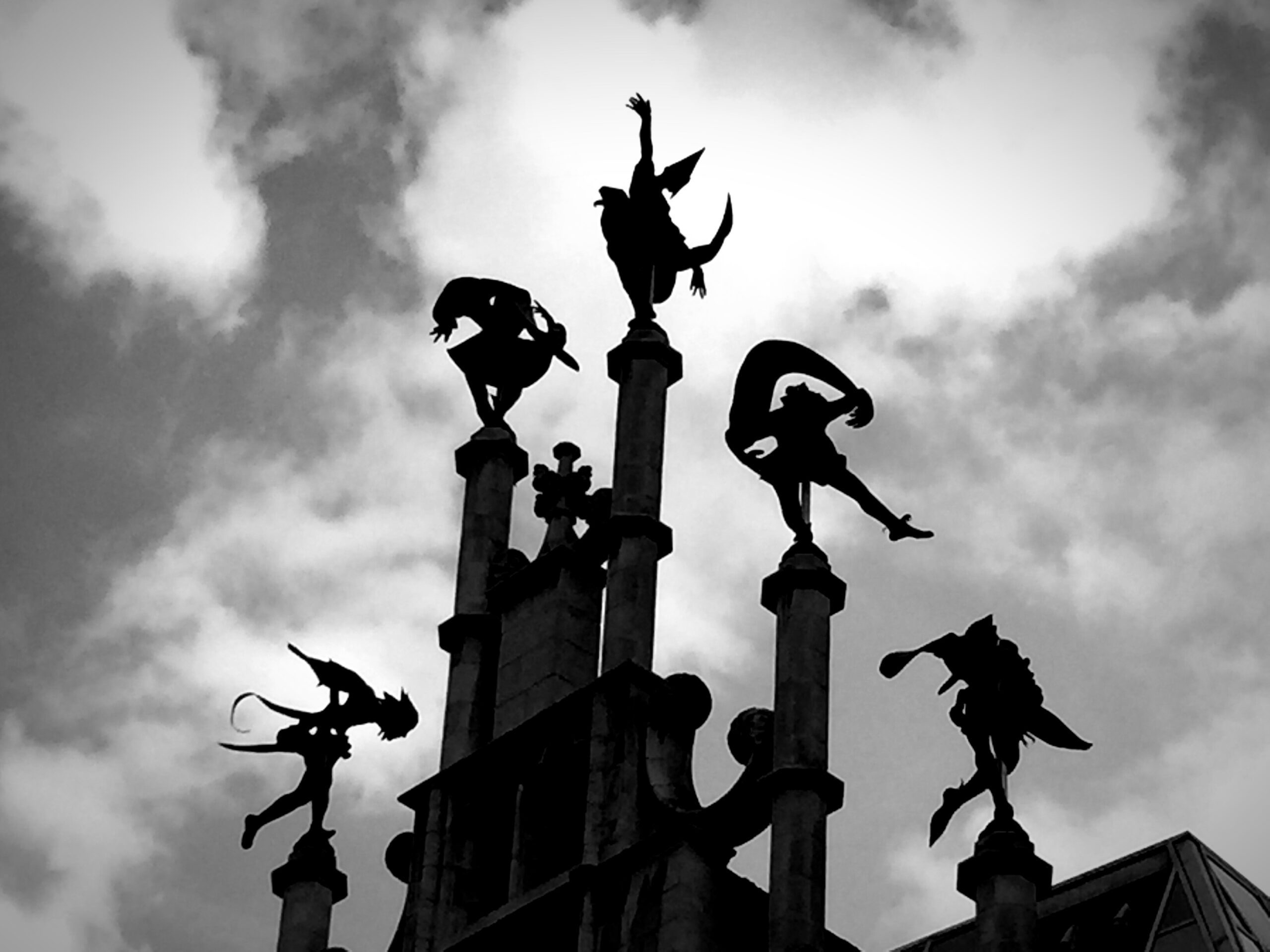
It is interesting and perhaps informative to consider the differing messages conveyed by these two versions of superhero power. On the one hand, we have heroes who possess power that is kept hidden until needed. This suggests an appreciative perspective: we have the power and only need to recognize this power and use it when appropriate. There is an internal locus of control underlying this appreciative myth: we are in control of our life! For young people, this first version suggests that they possess power that will be fully acknowledged and engaged when the boy or girl “grows up.” “Just wait and see is the message” (very timely for the young person who is feeling powerless).
By contrast, the transformative myth provides a more aspirational perspective: something will happen in my life that enables me to become powerful (probably for the first time). This perspective is based on an external locus of control: I have to wait for something to happen for me to feel powerful. It might be that new job, “lucky break”, or “instant stardom”. Hollywood provides many aspirational examples of this transformational version of power. The young starlet is “discovered” at a Hollywood diner. The starring lady breaks her leg and a low-level cast member gets the chance to become the new star on Broadway and leave behind her more modest aspirations (“Allentown!”). The middle-aged aspiring actor is working (temporarily?) as a stuntman in a Western movie. He suddenly is asked by the director to take on a small speaking part. Soon his name is on the marquee of every movie theater in America! For the young girl, this means that one has only to “wish on a star” or look for a Fairy God Mother in order to prepare her invitation to the Ball. For the young boy the message is clear: take the “hard knocks” (as a stunt man) and hang in there. Fame will come . . .
Quite different messages are being conveyed in these two types of mythic narratives—much as is the case with the categorization of good and bad. This categorization can produce quite different stories about the lives of those who become good or bad. The distinction between nature and nurture is critical. Are the mythic figures born good or bad? Is it in their genes or birth right (as the child of royalty)? Does it instead require some event to bring about parting of the ways between right and wrong, good and bad? Similarly, the categorization of active and passive is based on something occurring at a tipping point. A specific incident or decision makes all the difference. Do I stay or leave? Do I sit back or move forward? This traumatic (or challenging) event has just occurred—what do I do about it? What is it that leads the protagonist to tip in one direction or the other? Is it fate (external locus of control) or willpower (internal locus of control)? Do the events of the day lead me to act courageously (external locus) or is the courage found within me (internal locus)?





